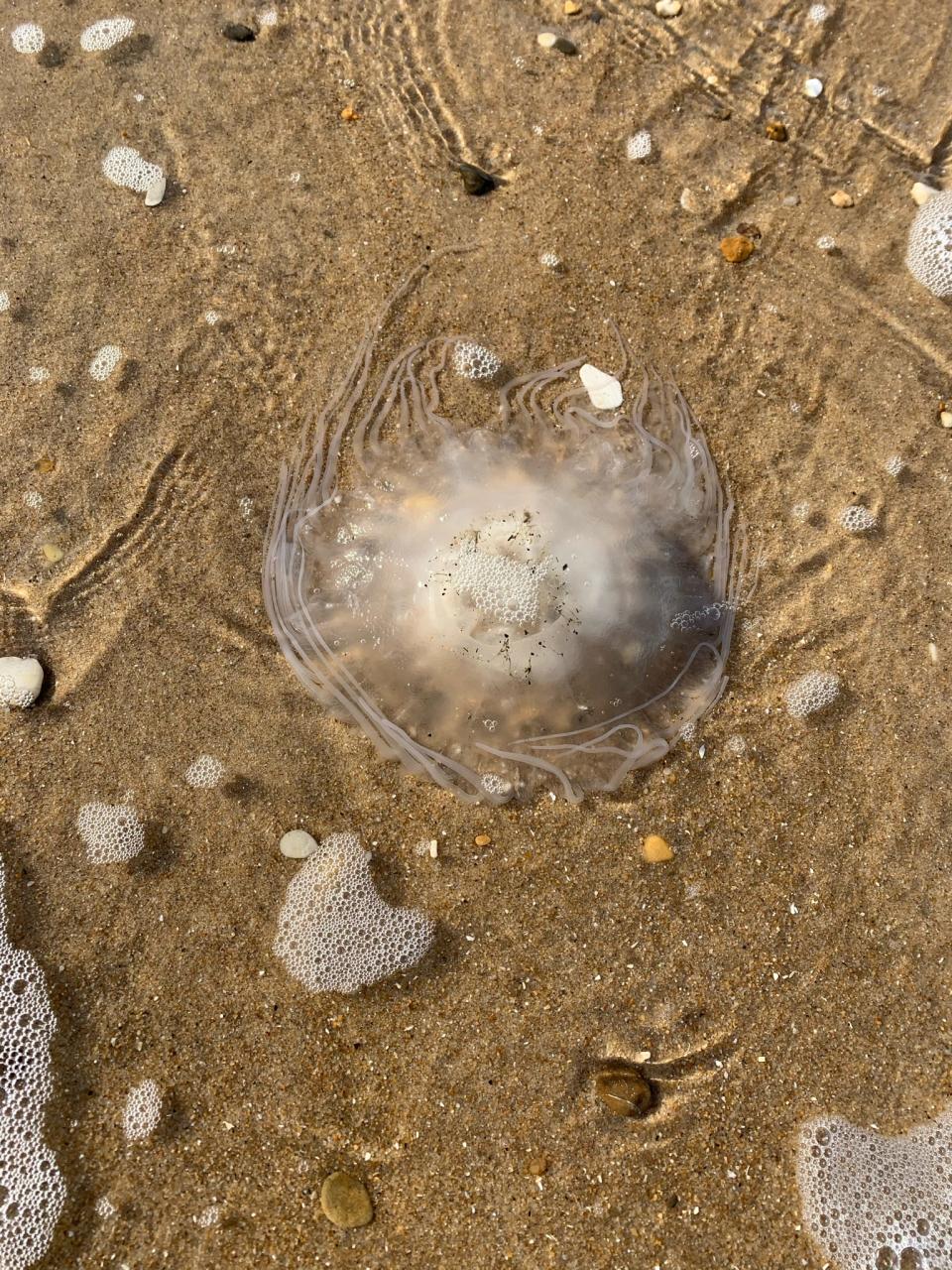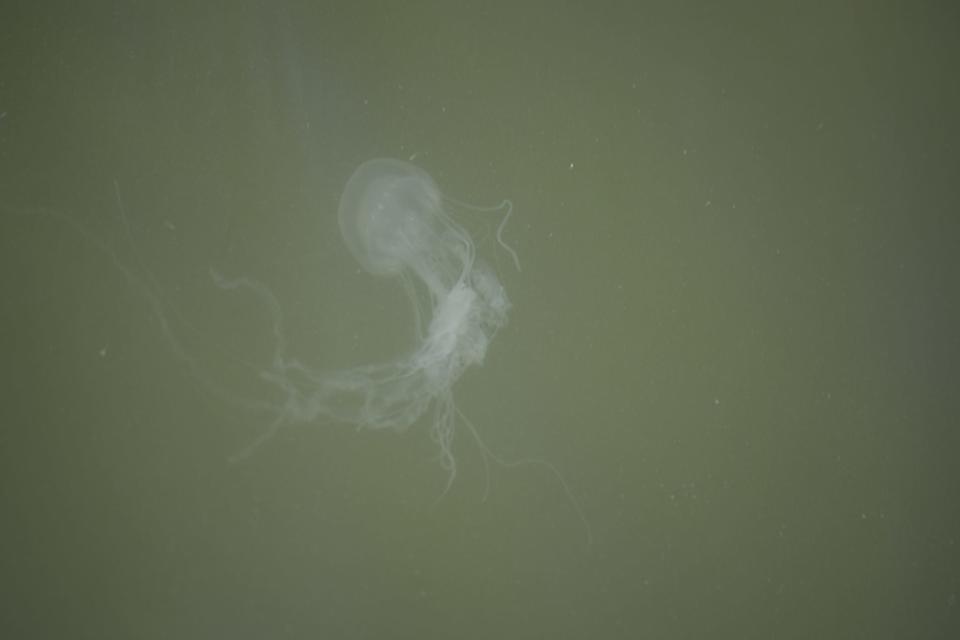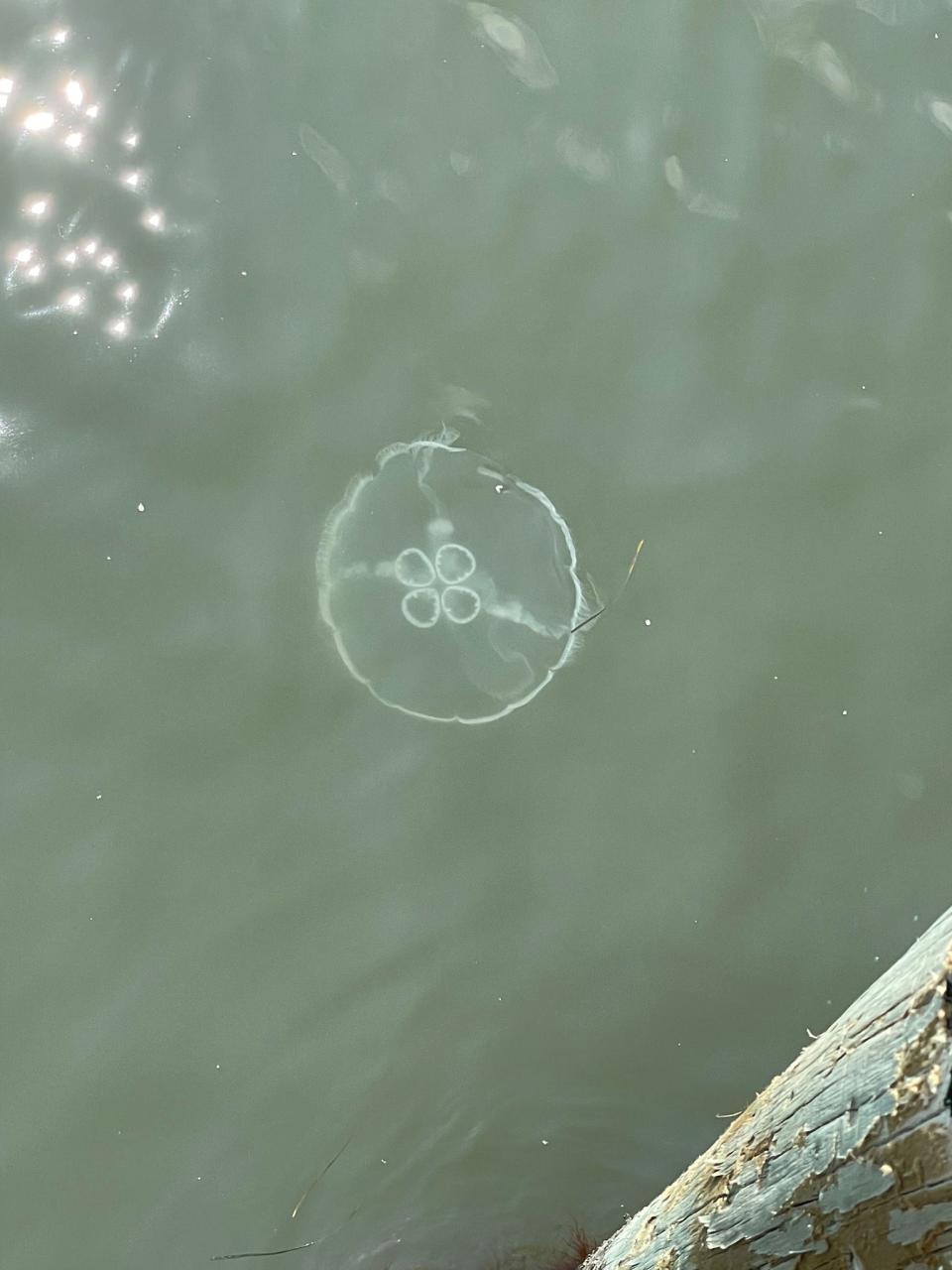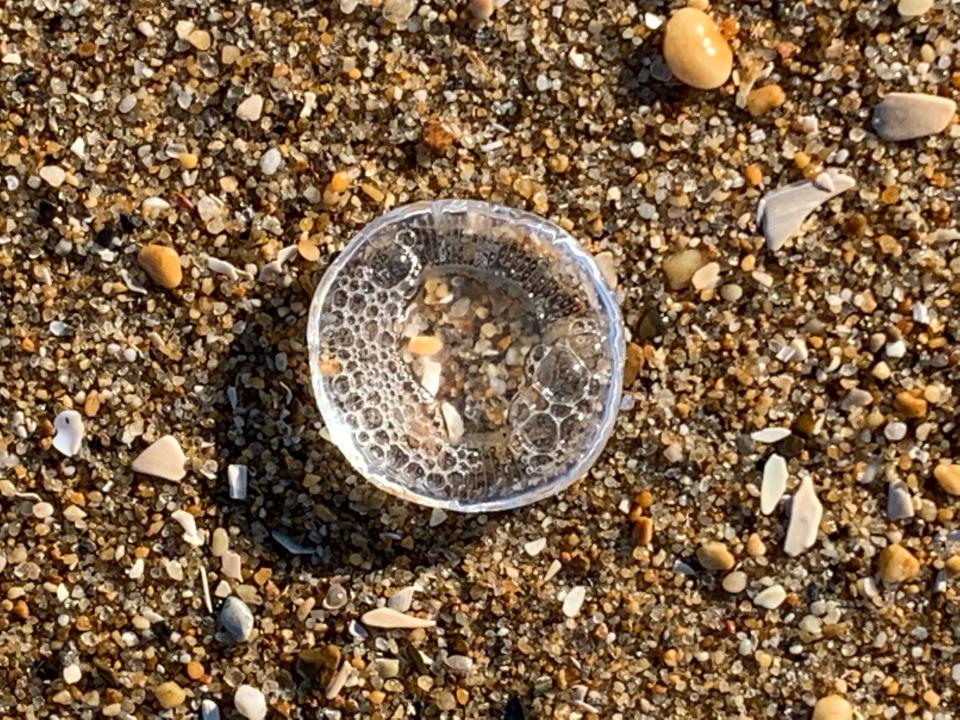It's jellyfish season at the Delaware beaches. Types you'll see and what to do if stung
Nothing ruins a day at the beach like a jellyfish sting.
There are more than 1,000 different kinds slinking around the ocean, beautiful and terrifying at the same time. We see them along the Delaware beaches this time of year because the water temperature is warm and food is plentiful, according to Keith Bayha and Allen Collins.
Bayha and Collins are researchers at the Smithsonian Institute. Bayha received his doctorate from the University of Delaware in Lewes and studied the jellyfish of the Delaware coast for many years. Collins is a curator and research zoologist with the National Oceanic and Atmospheric Administration.
While jellyfish are just nuisances to most people, they are of extreme ecological importance, according to Bayha and Collins. They're food for many species and an important part of the carbon cycle, moving carbon from shallow to deep waters.
Biting beach flies: There's little you can do, but here are a few tips

Along the Delaware beaches, the jellyfish you are most likely to encounter are so tiny and their stings so mild you probably won't even notice them, Bayha and Collins said, but these are the larger species you're most likely to see.
Atlantic sea nettle: A large, white jellyfish, sometimes with stripes or spots on its bell. Found in ocean waters, its long tentacles have a significant sting.

Bay nettle: A much smaller version of the sea nettle, this jellyfish is found only in estuarine waters such as Rehoboth Bay and the Indian River. It has fewer tentacles than the sea nettle, and its sting is slightly less painful.

Moon jellyfish: A large, clear jellyfish with four white circles in the middle of the bell. Their tentacles are very, very small, and their sting is less serious and more annoying. They're mainly found in ocean and estuarine waters.

Crystal jelly: These ocean jellyfish have a flat-disc appearance, much like the bottom of a glass soda bottle. Their sting is mild.
Sea walnut: A ctenophore, not a jellyfish, that is extremely common off the coast of Delaware in summer. They're much smaller than the jellyfish in this list but are the largest animals that use cilia for movement. They do not sting.

Lion’s mane jellyfish: A large red jellyfish with hundreds of relatively short tentacles. It packs a painful sting, second only to the Portuguese man-of-war in this list.
Portuguese man-of-war: An uncommon hydrozoan, not a jellyfish. It has a bluish-purple float that keeps it at the surface, and its sting is one of the worst in U.S. waters. If it is found in Delaware waters, it was likely transported from far off by winds. Several washed up in 2015.
A jellyfish's sting comes from microscopic nematocyst cells firing a venom-containing barb into a person’s skin, according to Bayha and Collins. However, not all the cells fire, so flush away the unfired cells immediately with salt water, they said. Don't use fresh water, as it will cause the cells to fire. Don't use urine either because it doesn't work.
Use vinegar to immobilize the stinging cells, Bayha and Collins said, and the lingering pain of a sting has been found to be most effectively treated with hot water.
Shannon Marvel McNaught reports on Sussex County and beyond. Reach her at smcnaught@gannett.com or on Twitter @MarvelMcNaught
This article originally appeared on Delaware News Journal: Jellyfish you'll see at the Delaware beaches and what to do if stung

